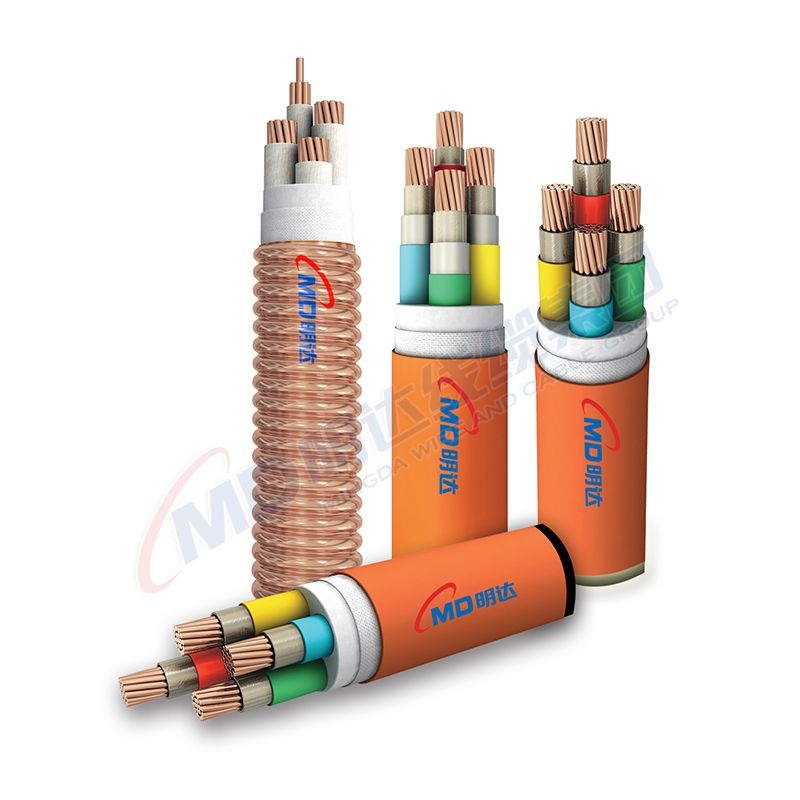Říj . 22, 2024 06:19 Back to list
Air Pressure Relief Valve for Enhanced Safety and Performance in Industrial Applications
Understanding Air Pressure Release Valves An Essential Safety Device
Air pressure release valves are critical components in various industrial applications, including boilers, HVAC systems, and storage tanks. These valves are designed to maintain safe pressure levels within a system, preventing potential hazards associated with overpressure situations. Understanding how these valves work, their types, and their significance is vital for ensuring safety and efficiency in various processes.
The Function of Air Pressure Release Valves
Air pressure release valves are engineered to automatically release excess pressure from a system when it exceeds a predetermined threshold. This function is crucial because excessive pressure can lead to catastrophic failures, including explosions, equipment damage, or environmental hazards. The primary objective of these valves is to protect both the equipment and personnel from the dangers of overpressurization.
When the pressure within a system increases beyond the safe operating limit, the air pressure release valve opens, allowing excess air or gas to escape. Once the pressure has decreased to a safe level, the valve closes automatically. This mechanism ensures that the system operates efficiently and safely under normal conditions.
Types of Air Pressure Release Valves
There are several types of air pressure release valves, each designed for specific applications and operating conditions. The most common types include
1. Spring-Loaded Relief Valves These valves rely on a spring mechanism to maintain pressure balance. When pressure exceeds the spring's preset limit, the valve opens. It is often used in steam and gas applications.
2. Pilot-Operated Relief Valves In pilot-operated valves, a small pilot valve controls the opening of a larger main valve. This type allows for more precise pressure control and is suitable for high-pressure systems.
3. Weight-Loaded Relief Valves These valves use weights to hold a sealing element in place. When the system pressure exceeds the weight's resistance, the valve lifts, allowing for pressure release. They are often utilized in applications requiring a simple and robust design.
air pressure release valve

4. Electronic Pressure Release Valves With advancements in technology, electronic valves have emerged, offering automation and remote monitoring capabilities. These valves can be programmed to open and close based on specific pressure readings, making them ideal for complex systems.
Importance of Regular Maintenance
To ensure that air pressure release valves function effectively, regular maintenance is essential. This includes periodic inspections, testing, and calibration to confirm that the valves are operating as intended. Neglecting maintenance can lead to valve malfunction, which may result in dangerous overpressure conditions.
The maintenance routine should involve checking for any signs of wear, corrosion, or debris that could impede the valve’s operation. Additionally, operators should familiarize themselves with the manufacturer’s guidelines regarding the testing frequency and procedures relevant to their specific valve models.
Compliance and Regulations
In many industries, air pressure release valves are subject to stringent regulations and standards set by safety organizations. Compliance with these regulations is crucial for ensuring the safe operation of equipment and protecting personnel. Industries such as oil and gas, pharmaceuticals, and chemical manufacturing often have detailed guidelines on the installation, testing, and maintenance of pressure relief systems.
Failure to comply with these regulations can lead to severe consequences, including legal penalties, increased insurance costs, or, more critically, accidents that could harm employees or the environment.
Conclusion
Air pressure release valves play a vital role in safeguarding industrial processes from the dangers of overpressurization. By understanding their functions, types, and the importance of maintenance and compliance, industries can effectively minimize risks and enhance operational efficiency. Investing in high-quality air pressure release valves and adhering to best practices ensures a safer working environment and protects valuable assets from catastrophic failures. As industries continue to grow and innovate, the role of these protective devices will remain indispensable in maintaining safety and reliability.
Share
-
Reliable Wafer Type Butterfly Valves for Every IndustryNewsJul.25,2025
-
Reliable Flow Control Begins with the Right Ball Check ValveNewsJul.25,2025
-
Precision Flow Control Starts with Quality ValvesNewsJul.25,2025
-
Industrial Flow Control ReliabilityNewsJul.25,2025
-
Engineered for Efficiency Gate Valves That Power Industrial PerformanceNewsJul.25,2025
-
Empowering Infrastructure Through Quality ManufacturingNewsJul.25,2025